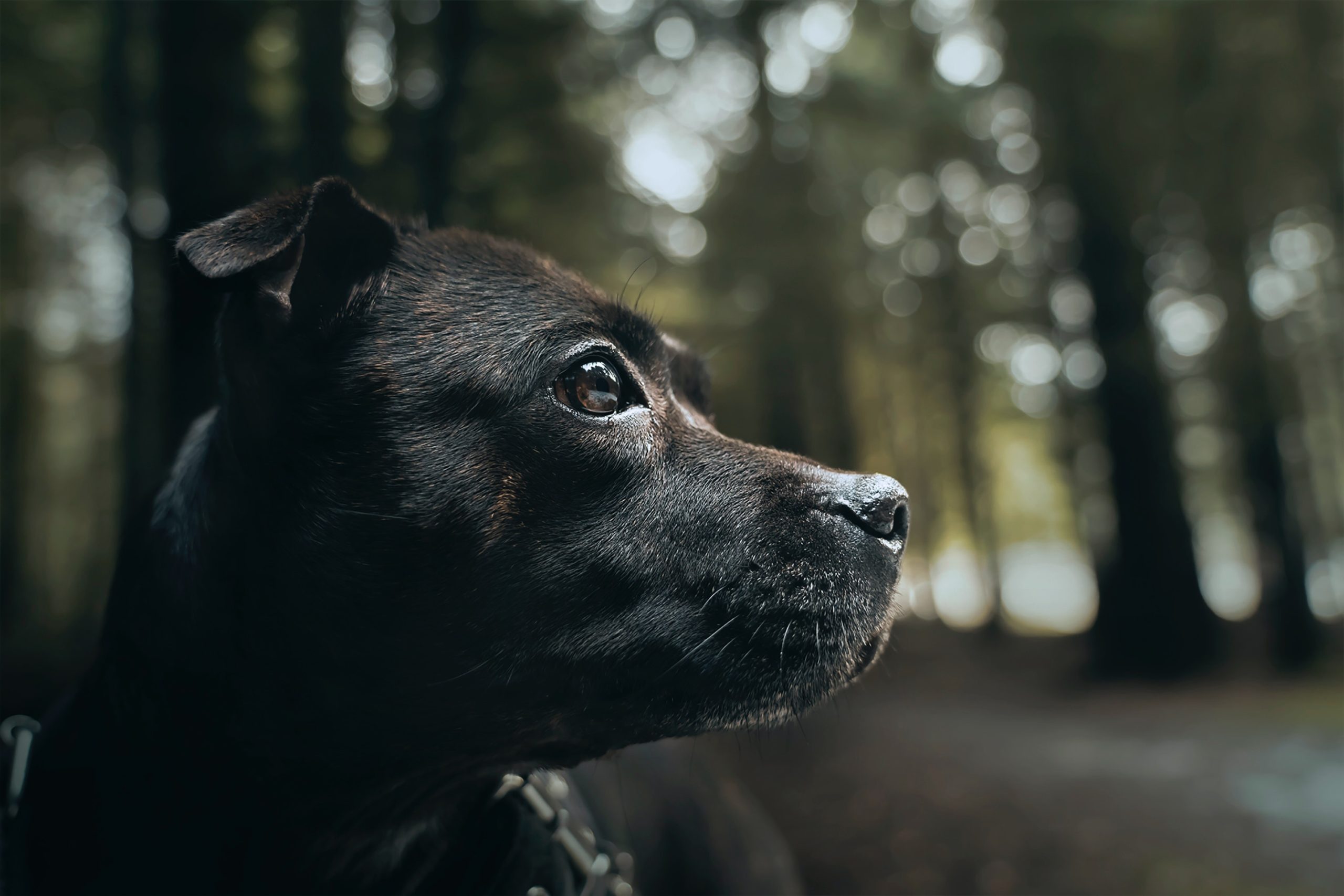You might think you know your pup, but do you really understand what they’re trying to tell you? Dogs communicate through body language, and it’s easy to miss the subtle cues that can reveal so much about their feelings. Don’t worry if you don’t feel up to the challenge – decoding canine emotions isn’t as hard as it seems! In this article, we’ll explore how dogs use eye and ear signals, postures and movements, facial expressions, tail wags, barking, licking and chewing, and sniffing to convey different messages. With a little practice and patience on your part, you’ll soon be able to recognize when your pup is happy or anxious. So let’s get started!
Eye and Ear Signals
When your pup’s ears perk up and their eyes widen, they may be telling you that something has caught their attention! This is often an indication of alertness or curiosity. Squinting can also indicate stress or discomfort. Watch for ear twitching, panting, and yawning as well; these signals can tell you if your pup is relaxed or anxious. Pay close attention to how your pup interacts with people and other animals to get a better understanding of their body language. A simple pat on the head might cause them to tense up if they’re not used to it. Knowing what your pup is trying to communicate helps build trust between the two of you and strengthens the bond you share.
Posture and Movement Indicators
Posture and movement can show how a canine is feeling, giving us insights into their inner world. You can use your pup’s body language to learn more about them and build a closer connection with them. By observing their hunting behavior, vocal cues, and other signaling behaviors you’ll be able to better understand what they are saying. For example, if their ears are back and tail tucked between the legs this could indicate fear or insecurity; however if they have an erect stance with a high tail it could mean they are alert but comfortable in the situation. Pay close attention to your pup’s body language to get insights into their mindset. This will help you feel closer to them as well as ensure that both of you remain safe in different situations.
Facial Expressions
Your pup’s facial expressions can tell you a lot about their state of mind; they almost speak volumes! By watching for subtle changes in their expression, such as raised or furrowed brows, you can get a glimpse into what your furry friend is feeling and thinking. Reading and interpreting your pup’s body language starts with understanding the nuances of their facial expressions. A relaxed face suggests contentment while a tense jaw indicates stress or fear. Raised eyebrows often signify alertness, while downturned eyebrows could mean disappointment or confusion. Learning to read these cues will help you understand how to best support your pup’s needs and build trust between the two of you.
Tail Wags
A happy tail wag can make you feel like your pup is smiling at you! Tail wags are an essential way for dogs to communicate. Many people don’t realize that using tail wags, dogs can express a wide range of emotions. They use them to bond with humans and other animals, as well as convey stress or excitement. Often times, the position of the tail will give clues as to what emotion they are displaying. If it is held high and steady, your pup may be in a playful mood; however if it’s low and wagging slowly, this could indicate a feeling of insecurity or fear. Pay attention to how your pup uses their tail when interacting with others and you’ll gain important insight into their emotional state.
Barking
Barking is a dog’s way of speaking their mind – from joyous outbursts to anxious yelps, it can tell us much about what they’re feeling. When playing fetch, your pup’s bark may be full of excitement and anticipation. If they are meeting strangers, barking could indicate caution or wariness. Listen closely and observe the intensity of the bark and body language – if your pup barks with a lowered tail or averted gaze, they are likely feeling unsure and apprehensive. On the other hand, a high-pitched bark coupled with raised ears could mean that your pup is feeling playful or happy. By understanding these cues you can better interpret what your pup is saying!

Licking and Chewing
Licking and chewing can be an expression of your pup’s contentment – if they’re feeling particularly relaxed, they may start licking their lips or around the edges of your hands. Reading their body language cues can be a great way to understand what your pup is trying to tell you. Pay attention when they start licking or chewing – it could mean they’re trying to calm themselves down in a stressful situation. A dog licking its own lips is usually communicating that it’s not feeling threatened, and a dog softly nibbling on its owner’s hand can be seen as affectionate behavior. Additionally, dogs often lick each other as pacifying signals which could indicate that your pup is seeking comfort or reassurance from you. Being aware of these calming signals can help you better understand your pup and give them the support they need in difficult situations.
Sniffing
Sniffing is not only an important part of your pup’s communication, but also a way for them to explore and take in their surroundings. Your furry friend relies heavily on their nose to communicate with other animals, as well as understand the world around them. Sniffing habits are essential for identifying friends and foes alike. Through olfactory communication, pups can detect subtle changes in the environment, such as scent marking or even fear. With one quick sniff they can gain valuable information that will help them make better decisions about how to interact with those around them. So next time you see your pup’s nose go into overdrive, remember that they’re just trying to get all the info they need!
Conclusion
Your pup’s body language can tell you a lot about how they’re feeling. While it may sometimes be difficult to understand, if you pay close attention to their ears, eyes, posture, movements, facial expressions and tail wags, you’ll have a better idea of what your pup is trying to communicate. Don’t forget that barking and licking and chewing are also important indicators. With some careful observation and a bit of practice, deciphering your pup’s body language can become second nature – allowing you to foster a deeper connection with them for years to come!
